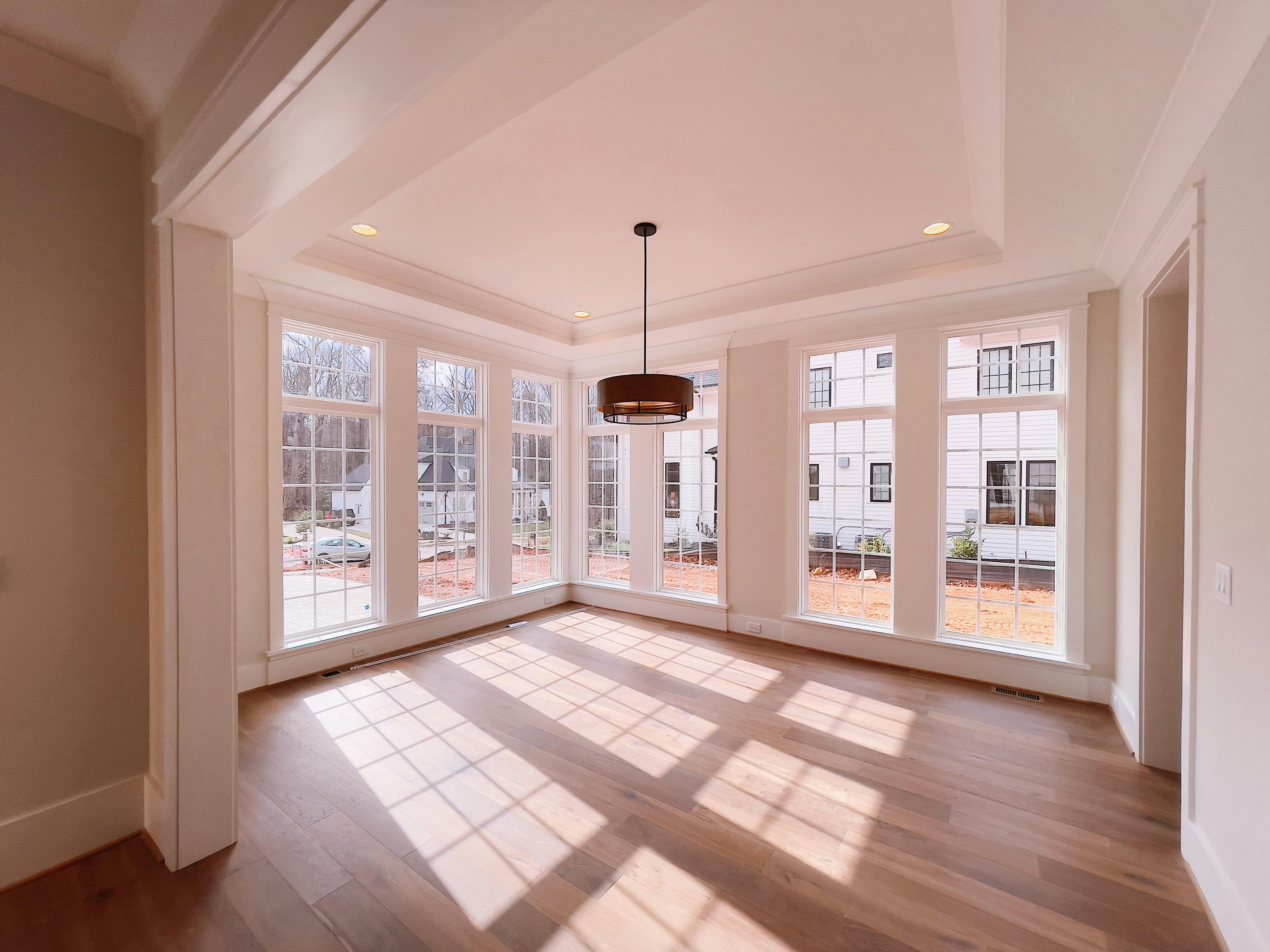As it becomes more difficult to obtain affordable home insurance in Florida, it is extremely important for homeowners and prospective homeowners to be fully informed before purchasing a new home or seeking new homeowners insurance.
If one of these SIX conditions exists on the home, “BUYER BEWARE” as insurance may be difficult and potentially impossible to bind.
one) fuse panel
A properly installed FUSE PANEL by itself is not usually a safety issue, however most insurance companies have prohibited this type of electrical service for all new policies written. There are a number of reasons, some of them are listed below.
Major fuse safety issues come into play when a homeowner replaces a blown fuse with an oversized fuse (i.e., a blown 15-amp fuse replaced with a 30-amp fuse that is readily available on the bathroom shelf). service). The circuit is designed to “blow” if a load greater than 15 amps passes. Now the “trigger” is set to 30 amps. An additional 15 amps could be enough to make wiring or other components hot enough to cause a fire or other serious injury or damage.
A typical fuse panel can be replaced with a circuit breaker panel for $750 to $2,000 depending on any other upgrades that need to be done on the replacement. Always obtain a minimum of THREE QUOTES from reputable contractors before authorizing any work performed.
two) Knob and Tube Wiring
Knob and tube (K&T) wiring was used from the 1880s through the 1930s. This early electrical wiring method did a great job for many years and is still used today in a few select government and industrial applications. However, this old rubber or fabric coated wiring that threads into porcelain knobs has outlived its useful life and is no longer insurable or legal in residential applications under the National Electrical Code.
An average-size home can cost anywhere from $8,000 to $20,000 to rewire, depending on the unique layout and access to electrical components. Always obtain a minimum of THREE QUOTES from reputable contractors before authorizing any work performed.
3) Aluminum branch wiring
In Florida, aluminum wiring has been in the spotlight since 2010, when tens of thousands of Florida homeowners learned they couldn’t get insurance if they had this common wiring that was in common use between 1965 and 1973.
Aluminum wiring has been known to “cold slide”. Wiring expands as it heats up and contracts as it cools down, this can cause the wire to loosen at the connection and this can cause an arc which can heat fixtures and cause fires. Aluminum also oxidizes over time, which can contribute to this fire safety issue.
There are two options for obtaining insurance if you have aluminum drop wiring. First, and most expensive (but the one we highly recommend) is to completely rewire the branch wiring to copper. This can cost on average $8,000 to $20,000 depending on how easy or difficult it is to access your electrical components.
The second option is to use AlumiConn or CopAlum crimpers which essentially crimp a copper “pigtail” to your aluminum cable so that the copper wiring is what makes the connection to your electrical device. This option, on average, costs between $1,500 and $3,000 depending on how many electrical fixtures are in the home. We recommend staying away from this when possible, as we fear the ever-changing insurance industry will ban the crimp method as well. We also don’t like the idea of going from the average device with 3 connections to having 6 connections. The more connections, the more chances to fail.
4) Less than 100 amp electrical service
A more recent industry shift in our “power hungry world” requires homes to have 100 amps or more of service to power the home. With the high electrical energy consumption used by the average homeowner, insurance companies seem to fear that smaller services may overheat when using typical high-drain appliances.
The cost of upgrading an electrical service can vary depending on whether the size of the electrical wiring can support the increased electrical load. If it can’t, the feed line will also need to be replaced. As always, get at least 3 quotes from reputable electrical contractors.
5) polybutylene plumbing
This popular plumbing pipe was heavily used during the 1980s and early 1990s. It is typically “blue or gray in color,” is flexible, and has caused flood damage to thousands of homes across the country. Until recently, some insurance companies didn’t ask about the type of plumbing, so agents would place homeowners with those companies; however, as of September 1, 2012, Citizens Insurance Company specifically prohibited polybutylene plumbing.
A typical plumbing renovation cost can range from $4,000 to $10,000 depending on how easy it is to lay the new plumbing (in attics or under houses). We recommend using copper or CPVC piping as some insurance companies also take issue with PEX piping which has become very popular over the last decade. We will cover more about PEX in a later article.
6) Roof less than 3 years old
The last INSURANCE BUSINESS KILLER in today’s article addresses your first line of defense in a wind or rain event, THE ROOF! If your roof has less than three years of useful life left, you will likely be denied insurance coverage. In our hot Florida sun, an average three-tab shingle roof will last 10-15 years. An average sized tile roof will last between 15 and 25 years. Other popular roofing options include shingles and metal roofing. These options have a significantly longer life expectancy of over 50 years if properly installed and maintained.
A new roof is normally calculated per square. One square is equal to 100 square feet of shingles. In the Pensacola area, the cost per square can range from $225 to $300 per square, making the average 30 square roof cost between $6,750 and $9,000, depending on the quality of the products used.



